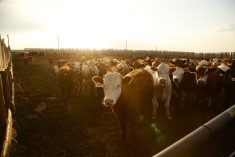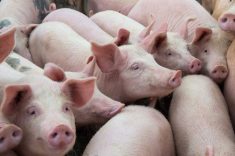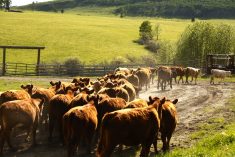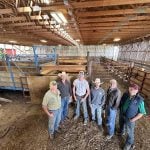The Canadian beef industry has new benchmarks to reach for in the next decade.
The organizations involved in Canada’s National Beef Strategy — the Canadian Cattlemen’s Association, Canada Beef Breeds Council, Beef Cattle Research Council, Canada Beef, The National Cattle Feeders’ Association, Canadian Meat Council and Canadian Roundtable for Sustainable Beef have announced new 2030 goals.
Goals have been announced on three topics so far — greenhouse gas and carbon sequestration; animal health and welfare and land use and biodiversity — with another four topics to come next year.
Read Also
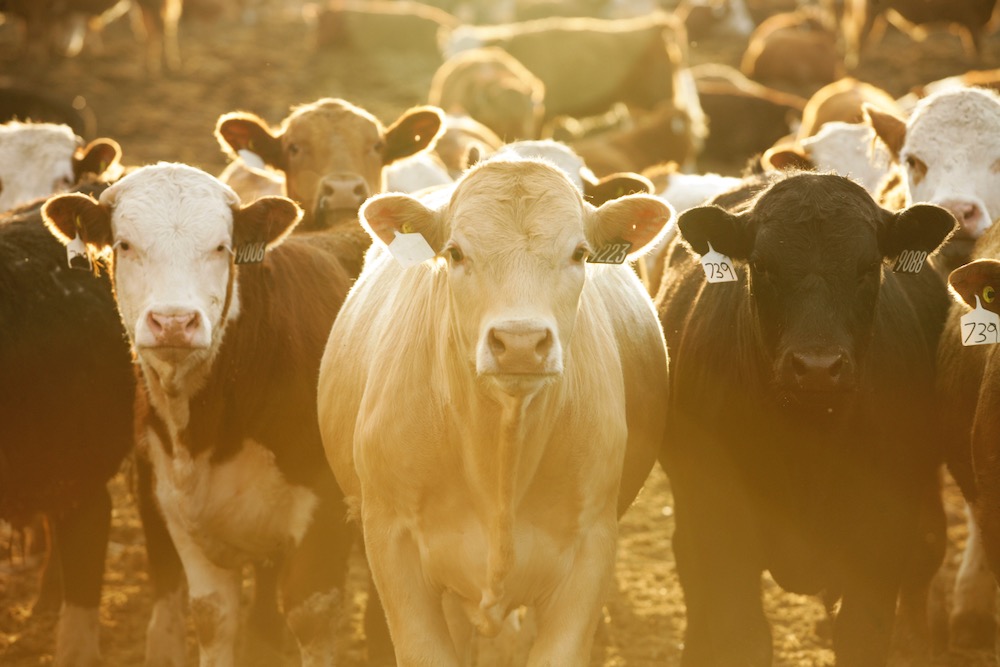
U.S. livestock: Cattle futures drop on Trump call for lower prices
Cattle futures on the Chicago Mercantile Exchange dropped sharply on Wednesday, reacting to comments from United States President Donald Trump…
Strategy organizations have set a goal to “safeguard the existing 1.5 billion tonnes of carbon stored on lands managed with beef cattle,” on top of sequestering an additional 3.4 million tonnes of carbon every year through grazing management and a focus on soil health.
Those gains would reflect the change if all tame pasture and hay acres sequestered carbon at half of the 70-year historical rate, the team developing the goals have said.
The goals would also see the industry’s greenhouse gas emission intensity drop by 33 per cent.
“We looked at what our long-term performance was in a number of areas and said, ‘What if we just continued to do what we have historically?'” said Brenna Grant, Canfax manager and one of the presenters of the goals at their launch on Wednesday (Sept. 16).
“And then we talked about some major breakthroughs — major breakthroughs in terms of technology and innovation or major breakthroughs in terms of adoption rates for certain practices.”
Those breakthrough scenarios are anticipated to create the desired emissions drop.
On animal health, organizations hope to see a 92 per cent reproductive efficiency across the industry (up from 85 per cent reported in 2018), refocus breeding on traits that support animal health such as calving ease and polled genes, encourage management strategies around things like pain relief, and create a national monitoring system to track practices. Other goals would better outline best antimicrobial practices to, “ensure the effectiveness of existing and future antimicrobials is preserved.
Other goals orient around maintaining the native grassland used for beef production and encouraging ecosystems on grazing land. The 2016 census of agriculture noted a 4.4 per cent decline of tame and native pastures from 2011 to 2016 as more producers opted for annual crops.
“We knew that we needed a market mechanism in order to achieve this,” Grant said. “So yes, focusing on economic viability of producers, but also by supporting programs that incentivize conservation and working with other crop groups across Canada to make sure that this happens.”
Dennis Laycraft, executive vice-president of the Canadian Cattlemen’s Association, said the implementation of those goals will depend largely on increasing the efficiency of each operation.
According to documents on the strategy’s website, some of those tools include increased vaccination, the adoption of different pasture management and low-stress handling, increased extension, encouraging feed plans, body condition scoring, and feed testing, pursuing more research on pasture management, and more extension and education, among others.
“They’re ambitious goals,” Laycraft admitted. “But our producer network that we worked with when we set this up really encouraged us to follow ambitious goals. I think Canada will be one of the world leaders and, at the same time, it is our goal to make sure whenever we do this we actually make our industry stronger in the process.”
The organizations expect to launch 2030 goals on water; beef quality and food safety; human health and safety and technology next year.
For more details, keep an eye on upcoming issues of the Manitoba Co-operator.
— Alexis Stockford is a reporter for the Manitoba Co-operator.






